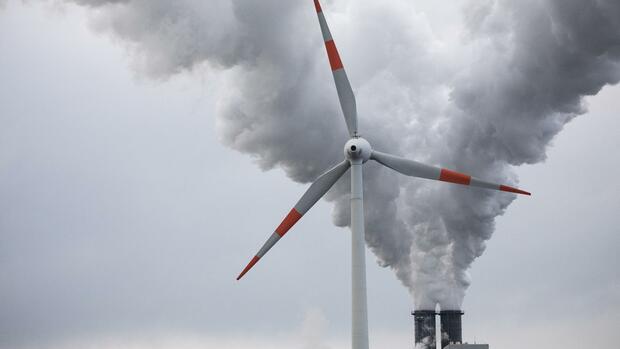ArcelorMittal, the world's leading steelmaker, and Swedish utility Vattenfall have teamed up with Shell, Airbus and other industrial giants to reduce production emissions by using hydrogen.
The 12-member consortium, which also includes Japan's Mitsubishi Heavy Industries and the logistics group Hamburger Hafen und Logistik, will focus on carbon steel production in the port city of Hamburg.
“Through the Hamburg Hydrogen Cooperation, we will be able to save one million tonnes of carbon dioxide (CO 2 ) annually (until 2030),” said Uwe Braun, head of ArcelorMittal's plant in Germany's second largest city. .
Hydrogen is considered a "green" fuel if electricity from renewable energy sources is used to produce it.
As part of the plan, Vattenfall will shutdown its coal-fired power plant in Murburg and convert it to clean hydrogen from renewable energy sources, while steelmaker ArcelorMittal will be one of its main customers.
European steelmakers, one of the world's largest pollutants, are under intense pressure to reduce 2 emissions while maintaining profitability amid fierce competition, mainly from China.
Utilities, for their part, are seeking to develop routes for generating hydrogen using wind and solar energy, creating alternative fuels, ditching fossil coal, nuclear power and natural gas.
The original role of green hydrogen will be to replace industrial gray hydrogen that is produced with natural gas, but its use goes far beyond that as it can be used to provide energy for heating and transportation.
Green hydrogen is two to three times more expensive than gray hydrogen, but with subsidies it could become competitive within 10 to 12 years, said Oliver Weinmann, managing director of Vattenfall Europe Innovation.




